10 Australian keystone endangered species

Australia’s history as an island-continent means it is home to a plethora of unique species. But an overlap of human development and animal habitat means many of our creatures have edged closer to extinction.
Many smaller animals on Australia’s critically endangered species list are little studied; perhaps, they aren’t as charismatic as some of the larger endangered species. While all animals are important to an ecosystem, ‘keystone’ species are particularly vital because of the fundamental role they play in the ecosystems to which they belong. These keystone species are often top predators such as sharks, because of the role they play in controlling prey. The southern cassowary, however, is also a keystone species as it spreads the seeds of as many as 238 plants across northern Queensland.
“Losing any one species is a tragedy, but what is even more concerning is the loss of a species’ ecological role following its extinction,” says Dr Euan Ritchie an ecologist at Deakin University in Melbourne. “If we were to lose dingoes, as an example, we also lose their ability to control pest species such as foxes and cats, and overabundant herbivores [like] pigs, goats and kangaroos, which has widespread and often negative impacts across the whole system.”
Here are some of the Australia’s keystone endangered species:
Southern cassowary (Casuarius casuarius johnsonii)
Standing a towering 1.8m tall, the southern cassowary stalks the northern Queensland rainforest and is responsible for transporting the seeds of more than 60 plant species around the Cape York Peninsula. While data for this rare flightless bird is difficult to gather due to it’s shy and elusive nature, estimates show that the national population hovered around 2500 to 4000 breeding adults in 1988. Since then the population has more than halved, a 2001 census estimating fewer than 1500 individuals left.
This drop in numbers is due to each individuals need for approximately 300 square hectares of rainforest habitat and its inconsistent breeding habits. Both male and female birds initiate courtship and lay on average four eggs per nest, but only one of these chicks usually survives to adulthood. After nine months of living with the father, the baby cassowaries are chased from the male’s territory to find their own area of rainforest. This is becoming increasingly difficult for young cassowaries, because expanding farms are isolating the nine known cassowary sub-populations found in northern Queensland.
Grey-headed flying-fox (Pteropus poliocephalus)
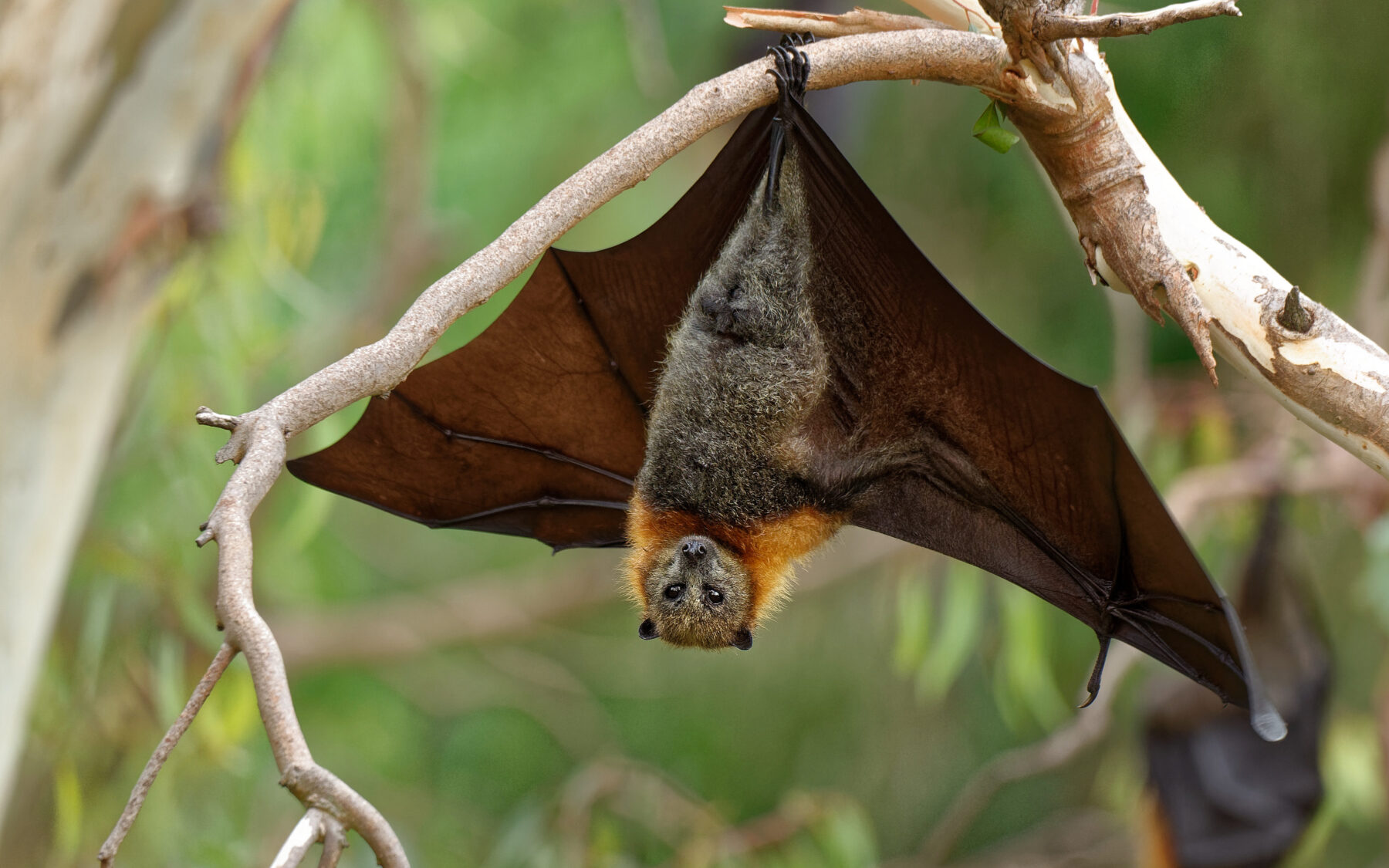
Most commonly spotted when flying along the horizon at sunset, the grey-headed flying-fox is another keystone Australian species. While some consider them a pest, because of colony noise levels and taste for farmers’ fruit, these animals are a critical part of the ecosystem on the east coast. Living for 15-20 years, these nocturnal frugivores mate once a year and leave females solely responsible for rearing the young. Their population is particularly important to native species of hard woods, palms and rainforest plants because of they distribute seeds and are responsible for pollination.
Hundreds of years of evolution have made these plant species highly dependent on the grey headed flying fox’s migratory corridor and sub-colonies for their reproduction. Like the cassowary, these animals are threatened by expanding agricultural projects that are creating greater distances between their colonies. As these animals become more localised by this phenomenon the diversity of the plant species they disperse is also affected and the biodiversity of the east coast as a whole suffers. Their numbers are growing promisingly and recent studies estimate 674,000 throughout the east coast. This number has doubled since the beginning of the millennium when culling of flying foxes was at its highest.
Gilbert’s potoroo (Potorous gilbertii)
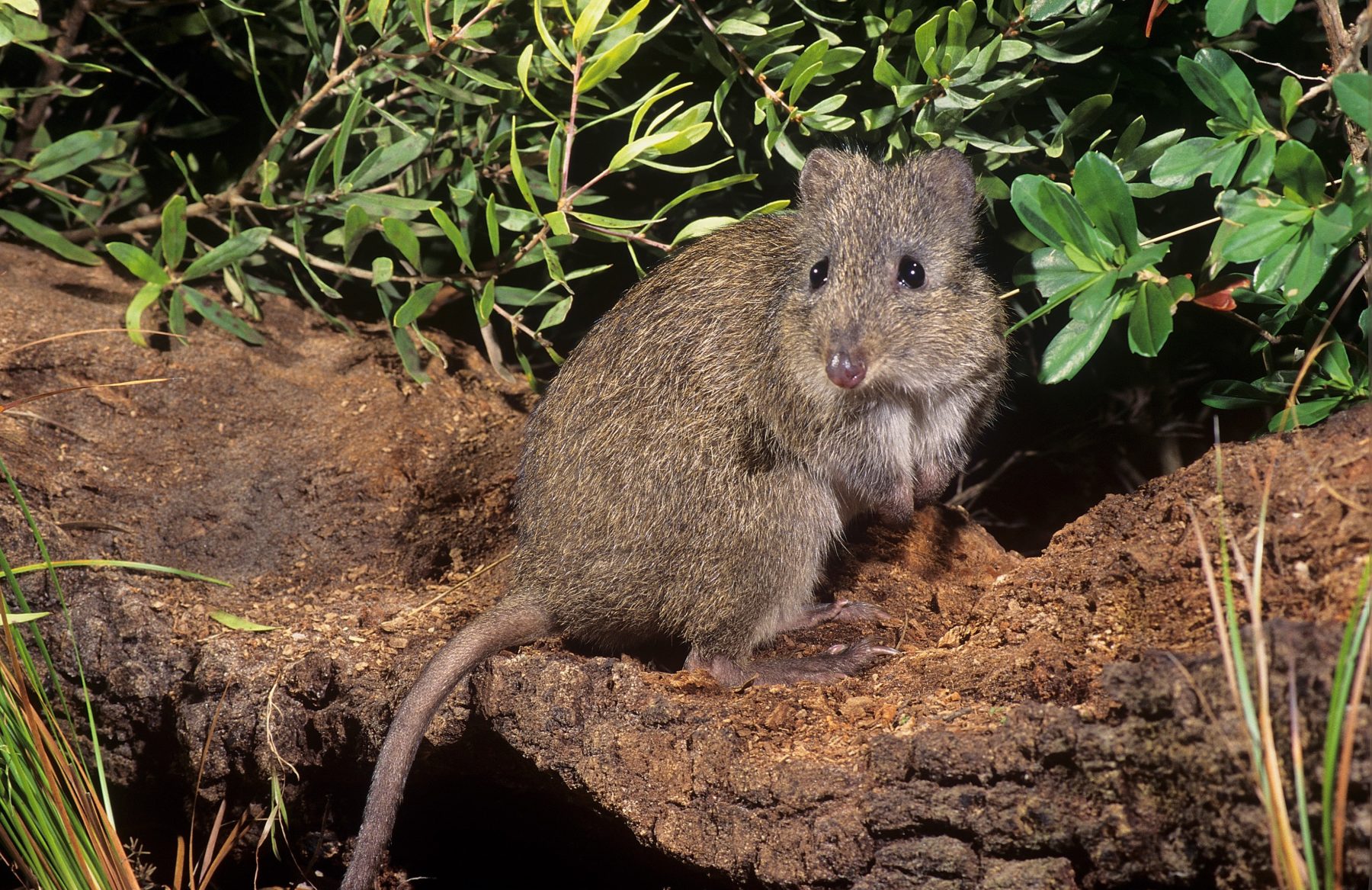
Once considered extinct in the wild, Gilbert’s potoroo is now listed as Critically Endangered by the Australian federal government and on the international IUCN Red List after being found on Mt Gardner, near Albany, in 1994. This species is endemic to this south-western point of Western Australia where an estimation of 35 individuals lives. This potoroo is a fragile species because of its delicate diet that depends almost entirely on 40 different kinds of fungi. Gilbert’s potoroo has evolved to create a symbiotic relationship with the fungi, which needs the potoroo to disperse its spores, while providing the potoroo with unique nutritional benefits.
Clearing of the Mt Gardner area continues to threaten the species because of the effect it has on the availability of its food. Foxes and feral cats also hunt the potoroo, creating another danger to the fragile species. Due to high mortality rates, Gilbert potoroos in captivity have been cross-fostered in long-nosed potoroos allowing for the Gilbert potoroo to conceive another joey more quickly.
Grey nurse shark (Carcharias taurus)
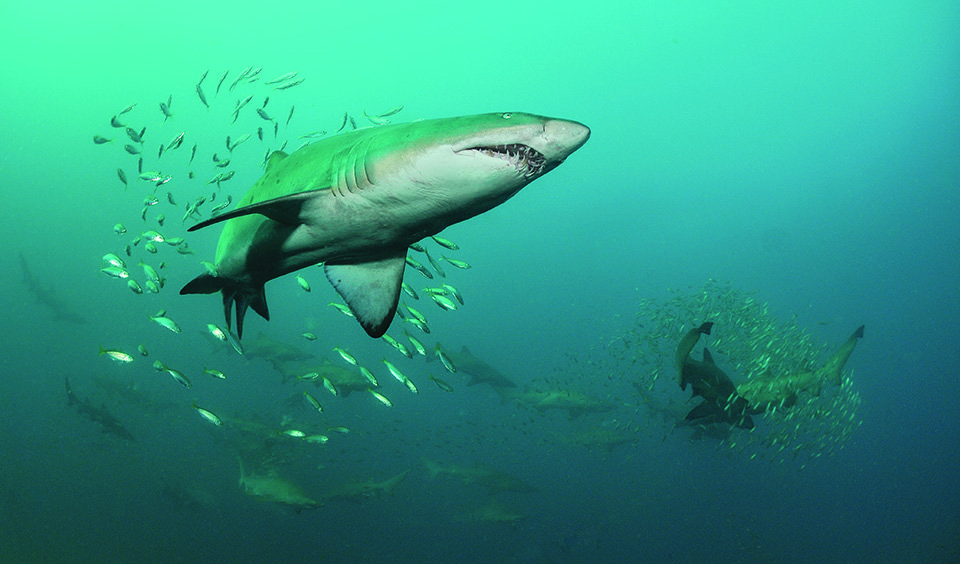
A top-order predator with a menacing appearance that belies its calm nature, the grey nurse shark’s population on Australia’s east coast is struggling to survive. It’s estimated that there are only 500 left. Eating almost any kind of fish, crustacean, shark, ray and squid, this predator is key in maintaining a balance in the marine ecosystem along the Australian coastline. While hunting this shark was legal in 19th century, poaching the fish has been common throughout the 1900s.
Its unique skin is used to make high-quality leather and its flesh is prepared for human consumption in a variety of ways, making the grey nurse a valuable commodity. In addition, human activity and shark control have played a prominent role in animal’s decline. Sharks are caught in shark nets and often die of starvation and stress before they can be relocated. Scuba diving encounters with grey nurses were common in the 1950s and up to 50 individuals could be found at most reefs along the east coast. Today, these encounters are rare.
Tasmanian devil (Sarcophilus harrisii)
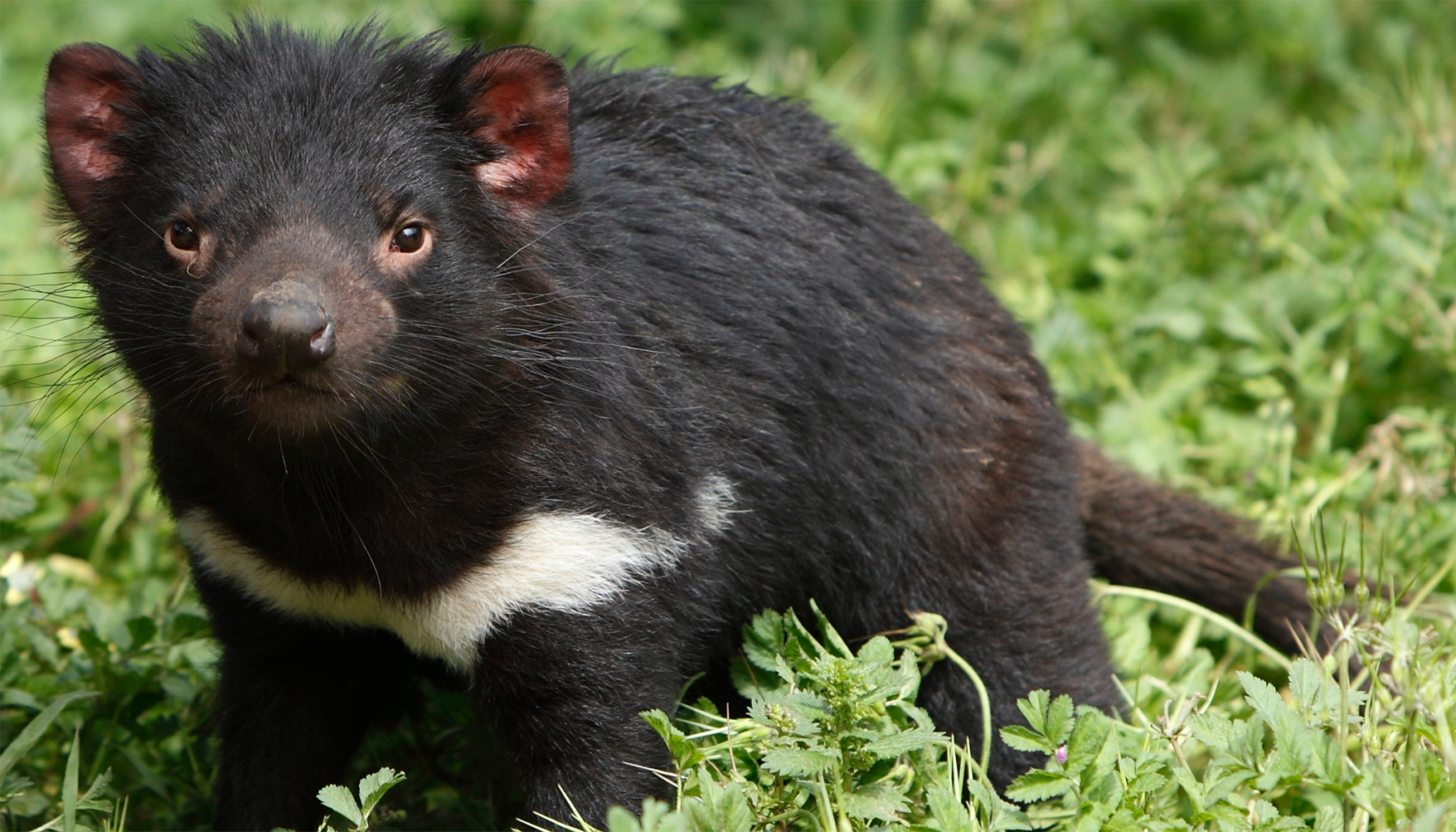
The iconic Tassie marsupial, the Tasmanian devil, was prominent on the mainland 400 years ago. Today, the species survives in the wild only on the Apple Isle. Suffering from the impacts of the Devil Facial Tumour Disease (DFTD), Tassie devils have lost over 60 per cent of their population since the mid-1990s. A 1994 estimate credited the species with having nearly 150,000 healthy animals.
Since then, studies have struggled to accurately measure the surviving animals, but experts suggest a range between 20,000 and 50,000 individuals in the wild. The genetic make-up of all the individuals is very similar because of Tasmania’s small size, making it very easy for DFTD to spread. Simple altercations like a bite or scratch can spread the disease. Being hit by cars and killed by humans for being a pest also impact the population. Studies into a vaccine for DFTD are now underway in an effort to help the declining numbers.
Red tailed black cockatoo (Calyptorhynchus banksii)
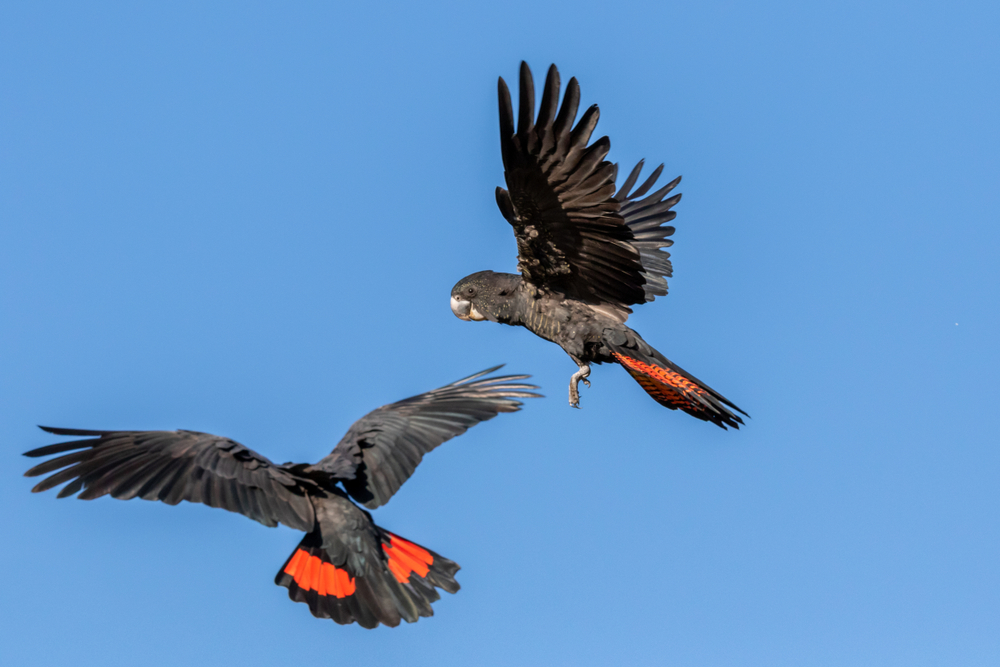
Often found screeching around the South Australian and Victorian skies, the red-tailed black cockatoo (south-eastern) is yet another endangered Australian bird. Known for its distinct, ebony plumage highlighted by a red band across its tail, this bird inhabits a very small area of land that straddles the southern border of Victoria and South Australia. Population estimates are vague, but have been in decline since 1989 when it has been suggested there were 500-1000 adult birds living there. It is estimated that it currently takes the red-tailed black-cockatoo (south-eastern) 37 years to replace the adult breeding population entirely.
They survive on a highly specific diet from the seeds of the desert and brown stringybark gums and are endangered by this dependency because of how localised these trees are. It is suspected that hundreds of years ago these birds interbred with other cockatoo species, but because of encroaching desert boundaries they have become isolated. Pressured further by expanding agriculture, their food sources and nesting areas are being cleared, leaving these birds without nutrition or the opportunity for reproduction.
Tasmanian wedge-tailed eagle (Aquila audax fleayi)
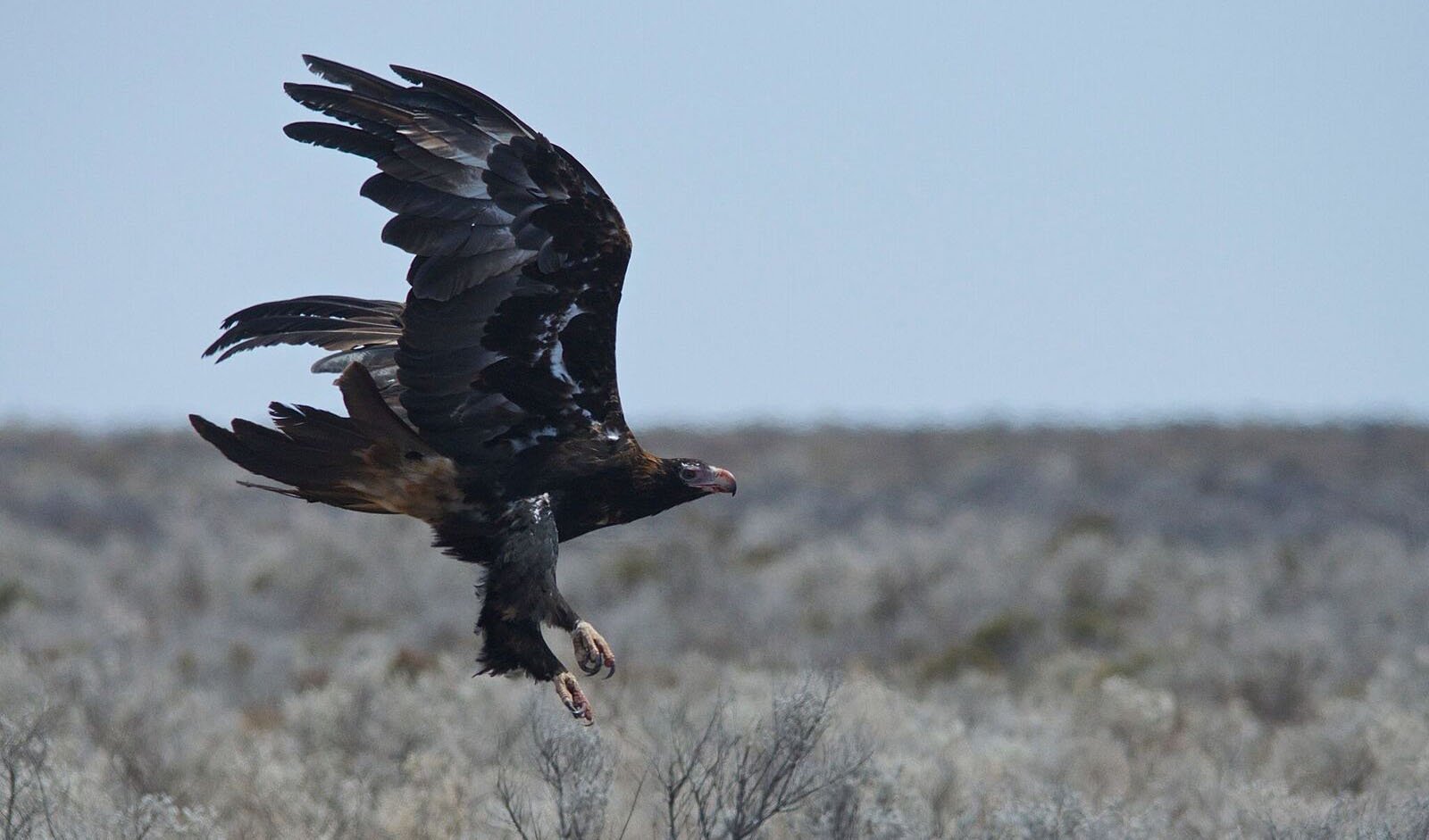
Known for majestically soaring above the Tasmanian bushland, the Tasmanian wedge-tailed eagle is slowly disappearing. Population estimates are suggest there are less than 440 breeding adults. Eating small marsupials and mammals, most snake, lizards, fish and cats, the eagle is another top-order predator that keeps the balance of the ecosystem in check. Because it lives all around Tasmania and has such a wide variety of prey, the eagle is not endangered because of a shortage of habitat.
Its primary threat is its fragile nesting behaviour, in which slight disruptions can scare a female away from her fertilised eggs. This occurs most frequently with human contact. In addition, there are common persecutions from human when livestock are taken as prey. Chickens, geese and small or sick animals are sometimes seen as food options for the eagle, occasionally bringing them into contact with farmers. Studies estimate that five per cent of adult eagles and 35 per cent of juvenile eagles are killed each year through human contact.
Great white shark (Carcharodon carcharias)
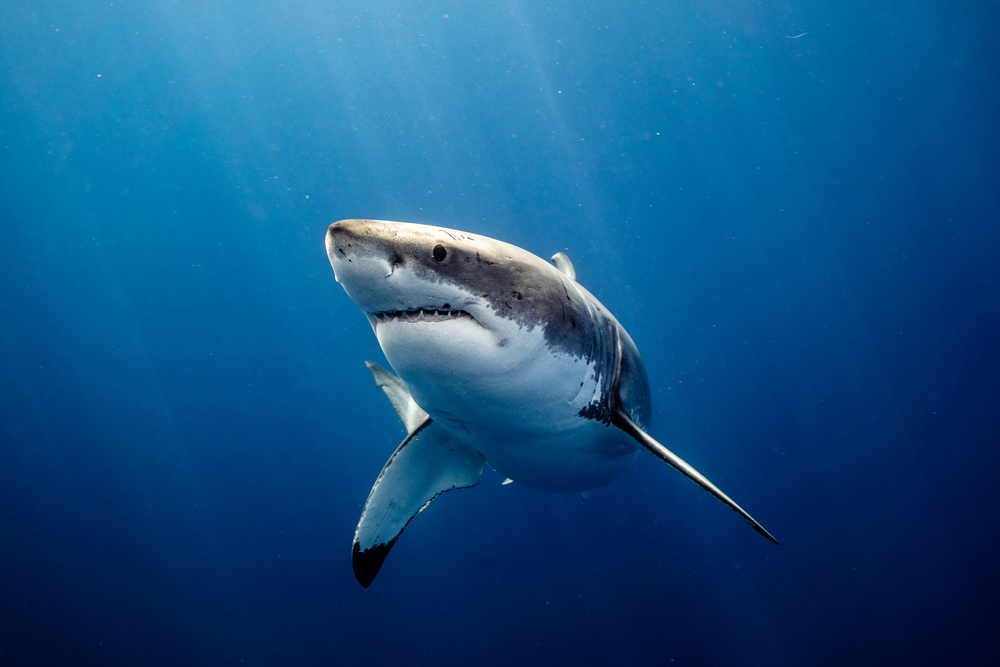
Found swimming in our ocean’s depths, the great white shark is yet another top-order predator under threat of extinction. From 1.5–3m in length these sharks are highly agile and can therefore hunt fast-moving fish. The largest specimens (females) have been known to reach up to 6m long and usually hunt seals and sea lions. They help keep these animal populations in check.
Population estimates are difficult due to a lack of understanding around shark migration. Data has found, however, that their numbers were around 10,000 in the 1950s, and the average number of sharks caught in beach protection nets has decreased by 70 per cent since that time. While sharks are currently protected under state legislation, they are frequently caught in commercial fishing nets and on fishing lines. This is currently the greatest threat to their survival.
Northern quoll (Dasyurus hallucatus)
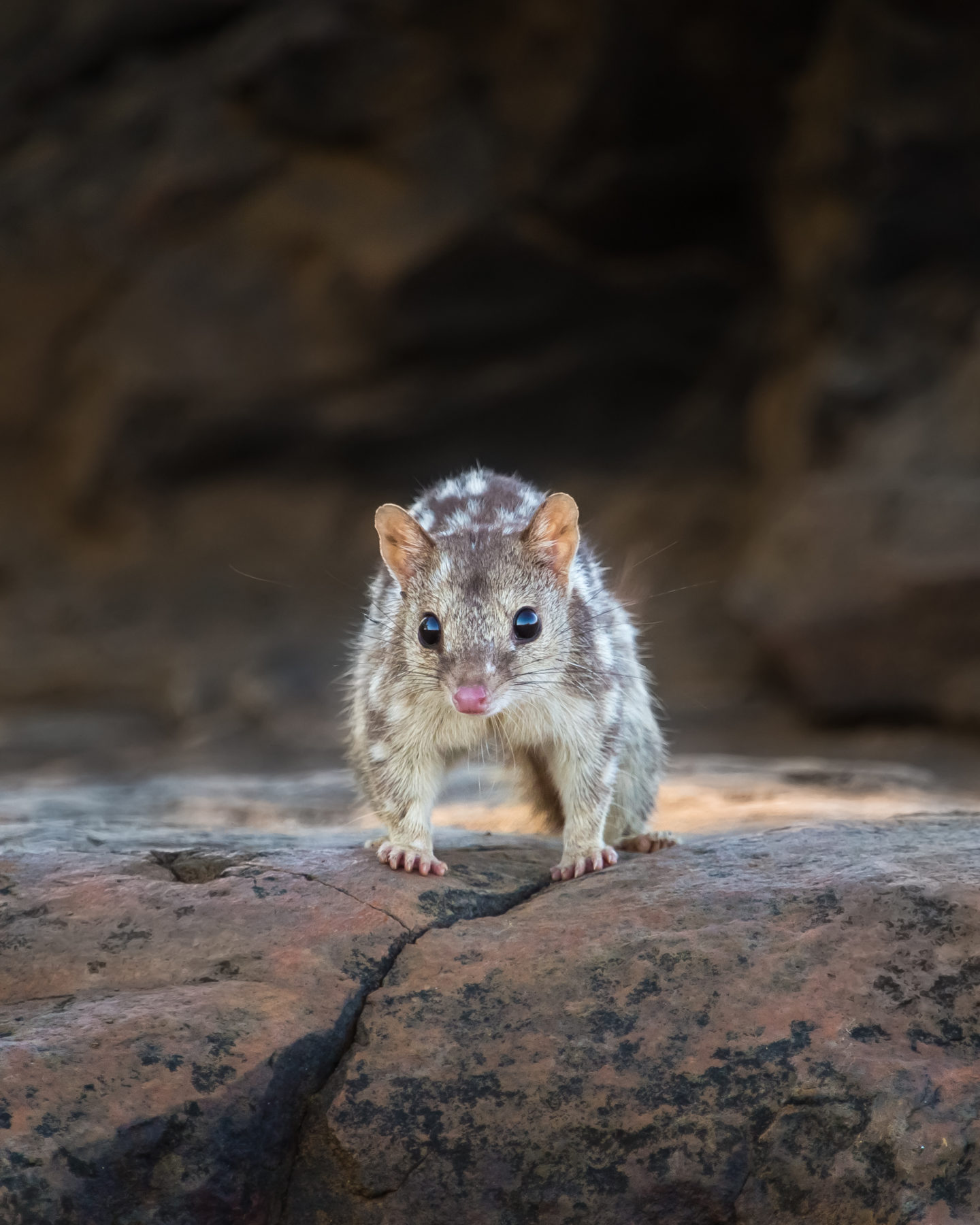
Inhabiting the northern half the country from the Pilbara to Brisbane, the northern quoll is coming under increasing population pressure. With a lifespan of only one to three years and reaching sexual maturity after 11 months, further pressure is added to the species by their infrequent reproduction.
As with other keystone species, the northern quoll eats everything from insects, frogs, mammals, birds and reptiles to many plant species. Their consumption helps to maintain balance in their respective ecosystems. The quoll also eats cane toads whose poison is lethal to many. The population of northern quolls has been reduced to 30-40 per cent since the arrival of cane toads in their territories. Other threats include predation by feral cats and bushfires.
Australian sea lion (Neophoca cinerea)
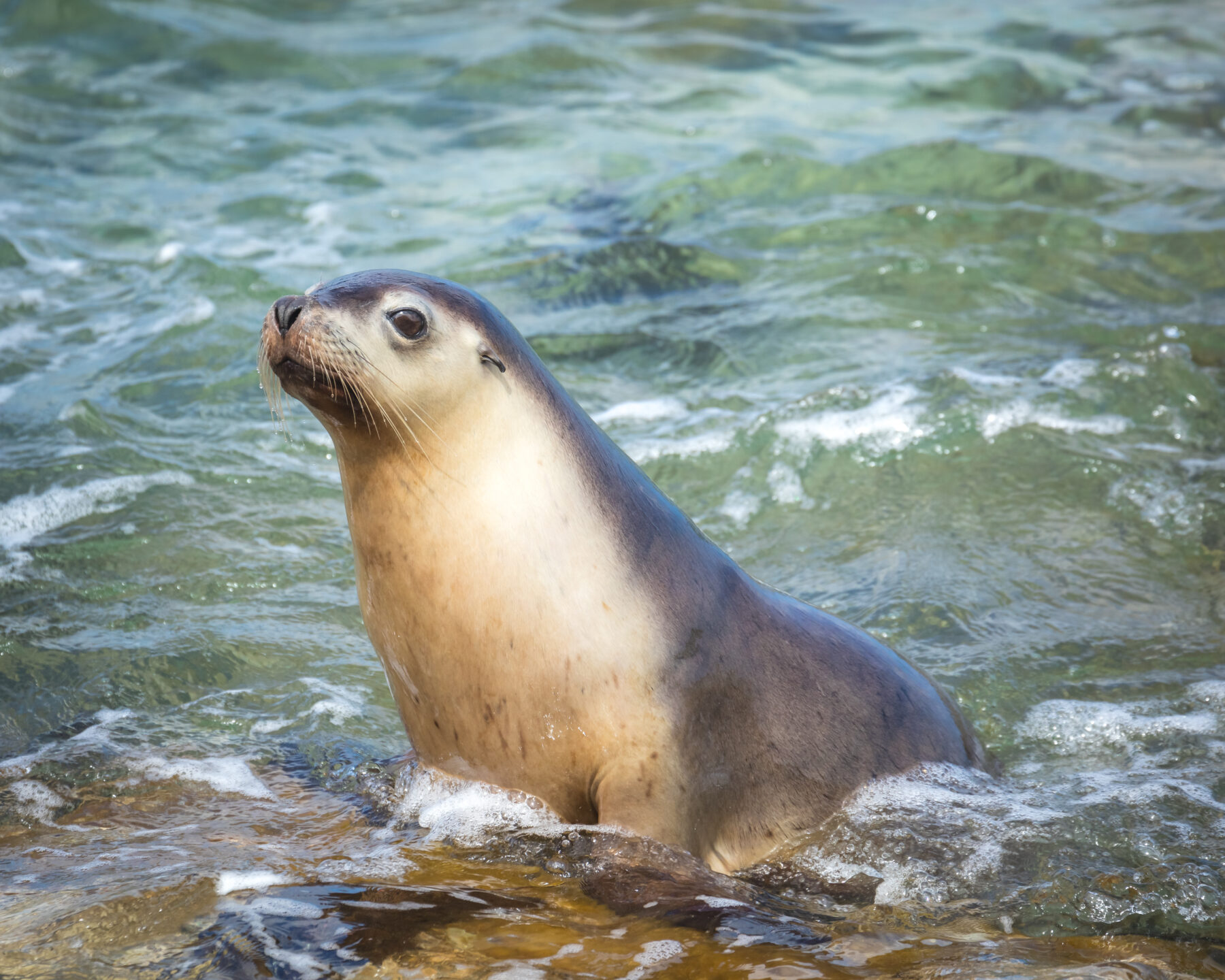
Amassing in colonies along the South Australian and Western Australian coastlines, the Australian sea lion was relentlessly hunted until the 1920s and the population has never recovered. Feeding on most small marine animals from molluscs and crustaceans to cephalopods and fish, the sea lion controls the population of many animals in its ecosystem, making it another keystone species. Currently they number between 9000 and 12,000 animals.
The key issue for this species is a slow reproduction cycle. With nearly an 18-month breeding cycle, sea lion pups are in endanger of being eaten by large predators, fishing nets and lobster traps. Currently, it’s estimated that 374 pups are removed from gillnets each breeding cycle and that within the first two years of life, 40–50 per cent of pups die. Pup mortality is further increased by male sea lions. Males are extremely territorial and frequently kill pups. The Australian Sea Lion Management Strategy is currently monitoring the interaction between sea lions and gillnets and through this observation many fishing habits have been adjusted to protect sea lions.














